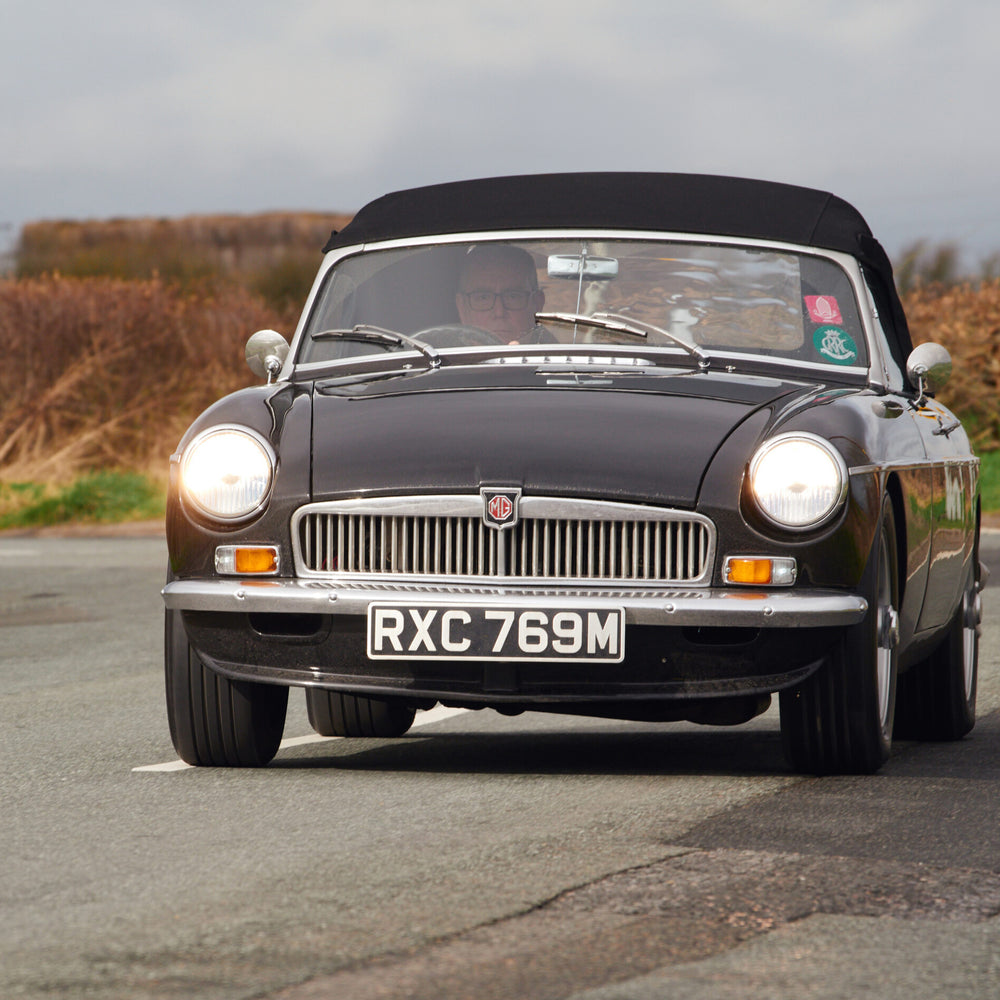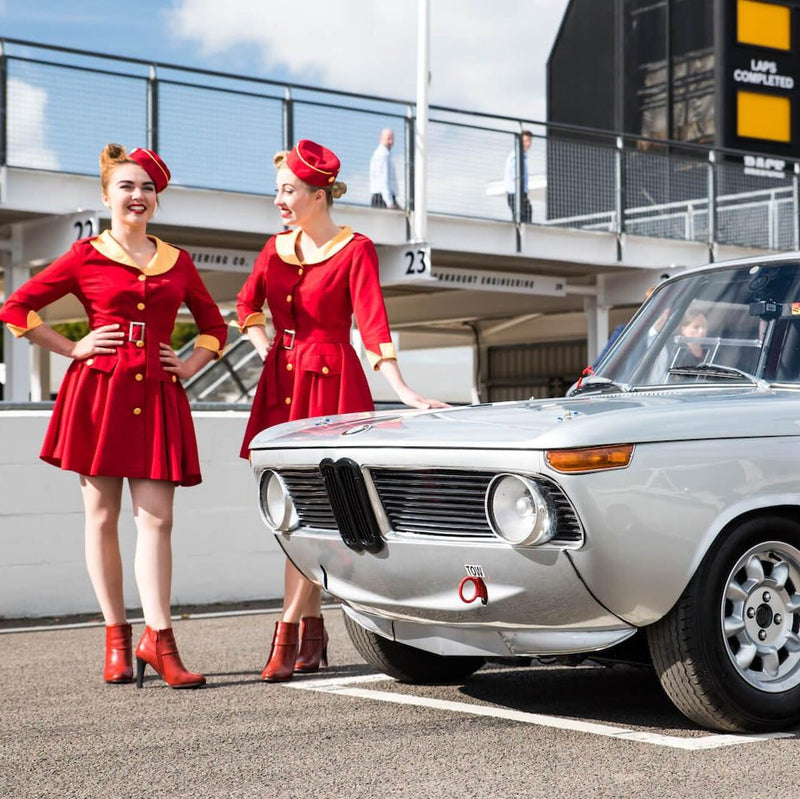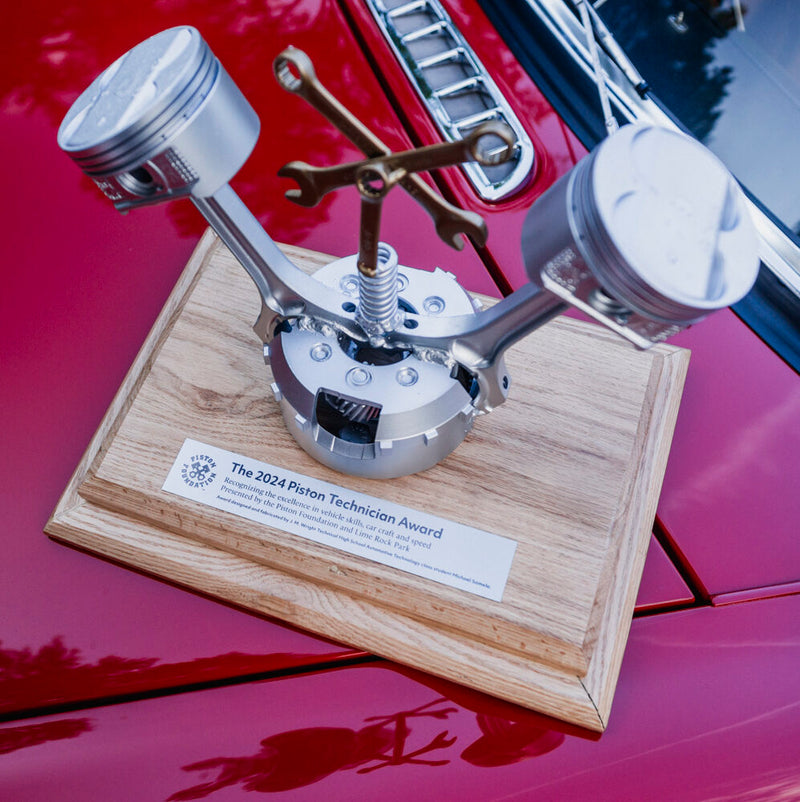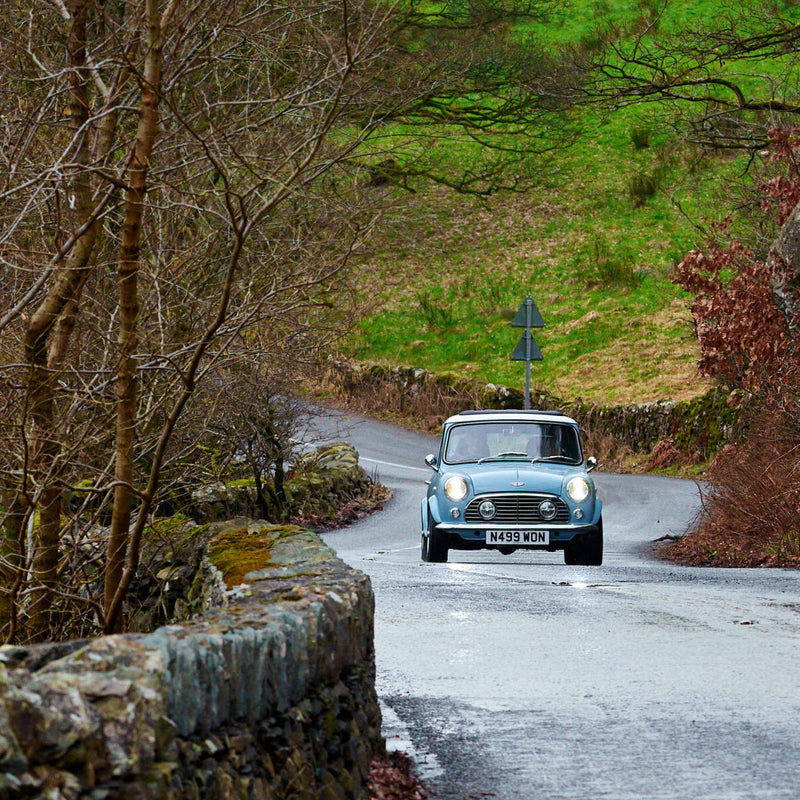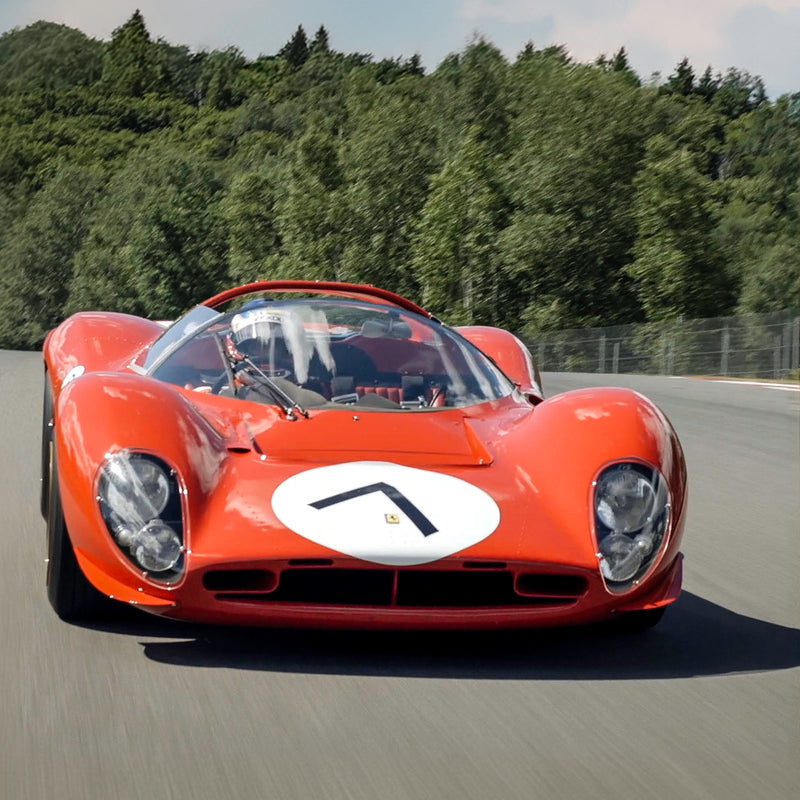But you might not want to take a standard MGB much further than the pub. Apart from its pretty monocoque shell, this stereotypical 1960s convertible was essentially a pre-war car underneath. Leaf springs, lever-arm dampers, a rattly overhead-valve engine.
For our age, it could use serious improvement. Around 2010, Tim Fenna, founder of Frontline Developments, crystallised his view of how to do it. Frontline was already a well-established MGB improver, Fenna both an engineer and a racer.





The resulting vision, proved over extensive R&D, launched in 2012 as Frontline's MGB LE50, one of the first series-built restomods.
Each LE50 began as a decrepit MG B GT. Frontline’s first-rate restoration began of course with the body – all panels, and indeed complete shells where necessary, are still being made on the original factory tools by BMIHT. (It’s reassuring to note that BMIHT had already modified the B to enable the short-lived 1993 MG RV8 to pass the crash tests of that era.) Frontline further strengthened it with seam welding.
It also restored other key components from the original car, such as the rack-and-pinion steering, axle and cross member assemblies. Retaining as much as possible retained the provenance of the factory creation.
In place of the original engine went a lighter Mazda MX-5 unit – extensively reworked for the purpose – and transmission. Behind that was Frontline's own rear suspension, with five links, and coil springs and bespoke telescopic dampers for the live axle. Front suspension too was Frontline's own, with coils and telescopics.
Inside, a sound deadening kit was the basis for a full retrim and seats. Hidden among it were modern amenities like A/C and phone-enabled stereo.
This was the LE50, named that way because it emerged in the 50th anniversary year of the B, and would be made in an edition of 50. In those early restomod days it seemed doubtful the edition would sell out.
But it did sell, and was followed by a 25-off Abingdon edition. Which is what we see here. This time it's a roadster shell, but with extra bracing so it can wear slightly more firm-set suspension than the LE50's. The engine is the larger 2.5-litre version of Mazda's MZR (AKA Ford Duratec) with all-new internals and a big exhaust, for a stout and verbal 285bhp. In a short-geared 1.1-tonne car. It shifts.
Of far more help than my recommendation was then BBC TopGear host Chris Evans, who named the Abingdon Edition his car of the year.
Anyway, 10 years on and Frontline is confident enough to release an LE60, with 375bhp Rover V8 power. And an electric conversion, with five-speed gearbox, the BEE.
I meet this black Abingdon Edition and its owner, Simon Price, at Frontline's workshops in the village of Steventon, Oxfordshire, very close to MG's original home of Abingdon. Price is a regular there. Latest upgrade was to the brakes, plus ceramic protective coating.
He uses it a lot, for touring and commuting. But also for track days at Goodwood and Prescott hillclimbs. Hence the uprated brakes, larger rotors with aluminium bells. He's also shown it at Bicester Scrambles.
Like many of Frontline's owners, he's done the 911 and BMW M3 thing, but in the end found quick modern cars leave a strange void. They're more about speed than the sensation of it. The Frontline car is as lively, but feels more so. It's bracingly vivid, involving its driver in its every move and mood.






You don't so much sit in an MGB as wear one. It's a tiny thing, which gives you lots of road space to work with. The suspension breathes: it's softer than any modern sports car, yet keeps decent control of vertical movements even when the road buckles and heaves. The steering gives a spectacularly vivid account of tyre grip and slip.
The engine is magnificent: docile enough at low revs, but with a mid-range urgency and deepening voice that gets really quite rock'n'roll as it hauls itself to 7500rpm. The rev-counter, like the speedo, is a dial with period graphics but a modern range of calibration – 170mph in the speedo's case.
But when you dawdle, it's tractable and the inputs are light. Price seldom drives roof-up – the day we met was an exception as flood warnings were in place. At lower speeds, the breeze and the gorgeously crafted interior, as well as the deep reserve of goodwill these cars draw on, all deepen the pleasure.
Price also mentions the warm knowledge of financial security. Frontline keeps a hold of resale values through a programme called Cherished. Any owner wanting to sell can put their car through the workshops here and have it returned to factory condition. That done, Frontline brokers the sale. Some of these cars are a decade old now and values are holding up remarkably solidly.
The Frontline MGB's blend of sense and sensations has got Price fully hooked.


